Colourful Vietnamese cinema design recalls art deco glamour
Bringing blues, pinks and greens to the silver screen, a new cinema theatre in Vietnam's Ho Chi Minh City draws on the colourful design and the deco features of old Saigon, courtesy of local interiors company Module K
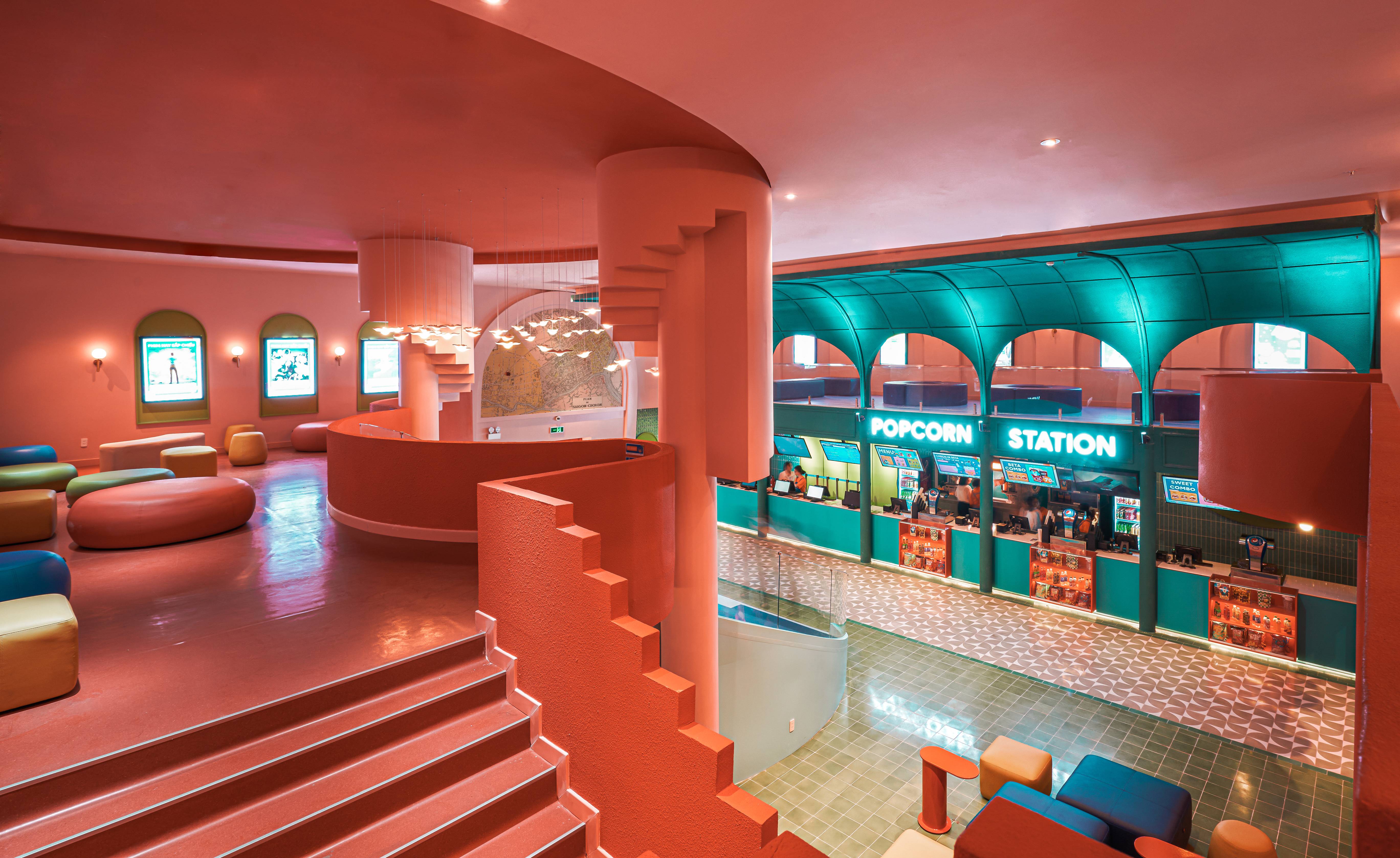
Do Sy - Photography
The new Beta, a 1,000-seater Vietnamese cinema located on the ground floor of a shopping centre in Ho Chi Minh City (HCMC), deliberately harks back to bold colourful architecture and deco designs of old Saigon. Shaped by local interiors company Module K, the intention was to bring back the otherworldly glamour of the cinema-going experience to a new generation of film fans in Vietnam. To do so, Module K has created a collage of colourful design and architectural references to HCMC’s past throughout the pastel-coloured interior, including the city’s flamboyant French-designed Municipal Opera House and Central Post Office, the striking pink Tan Dinh Church, the bright colours of the Ben Thanh Market and the many small alleys that thread through this fast-moving city.
Jade Nguyen, Module K’s director, describes ‘capturing the iconic features of Saigon and transforming them by stripping details, condensing the basic lines and turning them into geometric shapes. Then we applied a technique of solid colour treatment, as used in graphic design and cartoons, to bring a unifying element’.
The result is a playfully postmodern space with a healthy dose of humour. The key colours at play are flamingo pink, sea green and bright orange, with seating blocks, steps, arches, concession stands, and other details picked out in contrasting hues and different shades.
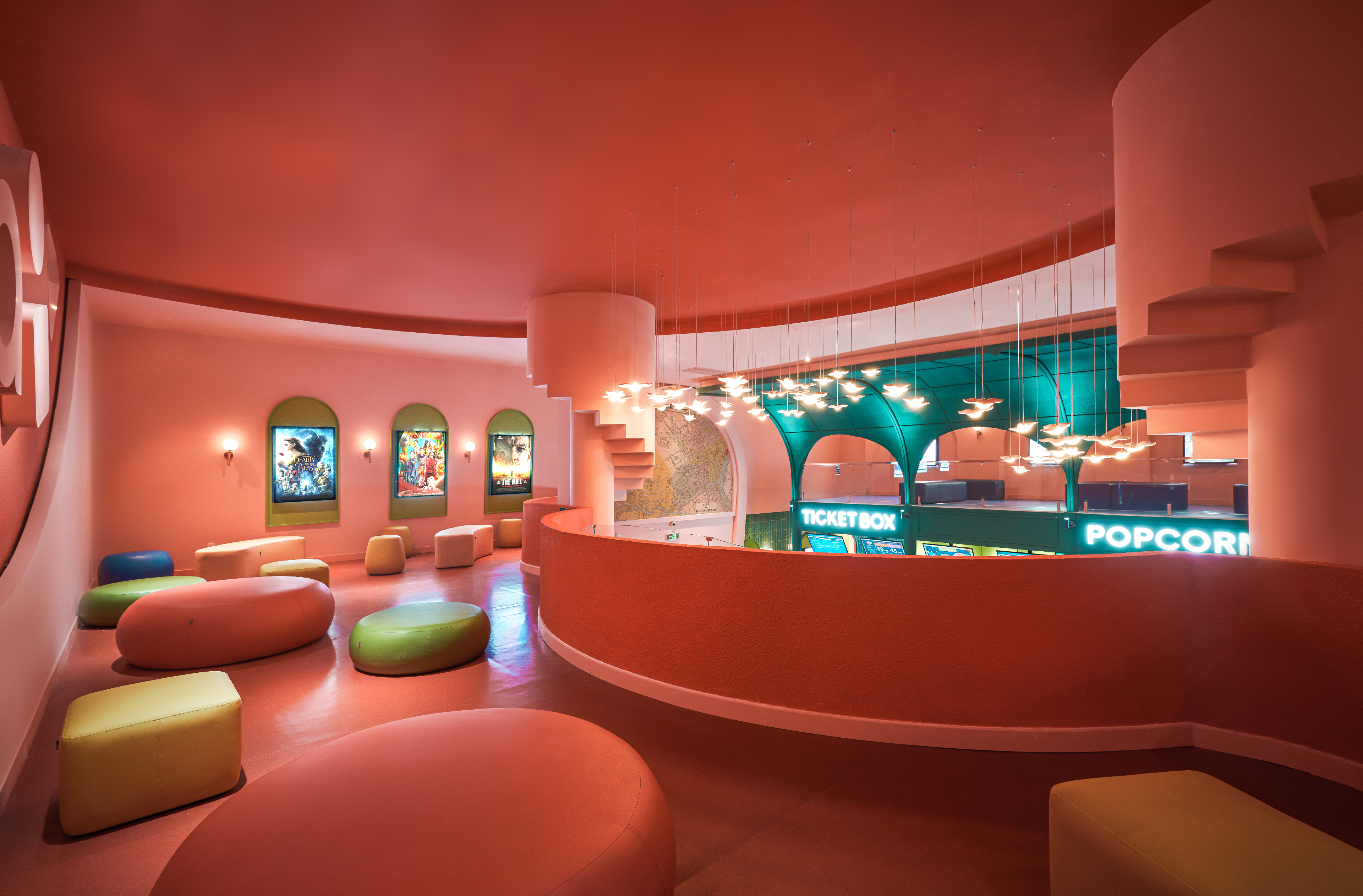
The mezzanine level at Ho Chi Minh City's new Beta Cinema by Module K
The cinema’s towering central hall is a deliberate nod to the Central Post Office’s grand colonial interiors, with circular staircase-shaped columns rising up inside the space. Even the light fittings have been shaped to recall a flock of pigeons in flight, while the aqua green ticketing booths have a rhythm and volume of the stalls in Ben Thanh Market.
Asymmetrical arch pillars are a reference to the Gothic style of Tan Dinh Church. Passages, staircases and niches are all given strong geometric volumes: a double feature of Barragán or Bofill at their most polychromatic, with a short by MC Escher to start the programme.

Colour and form take precedence over function at the Beta Cinema, Ho Chi Minh City, by Module K
Module K has created a modern cinema in the grand tradition of the picture palace, a place where the circulation and social spaces are just as important as the screenings. The auditorium continues the geometric theme with back-lit lozenge-shaped reliefs contouring and modulating the walls.
The Beta Group has around 20 cinemas in Vietnam and Module K is currently working on bringing its approach to another location. The group admits that Module K’s synthesis of colour and form is an unashamed attempt to capture the minds (and Instagram accounts) of the younger demographic. After all, a cinema is the best place to experience vivid, out of this world imagery.

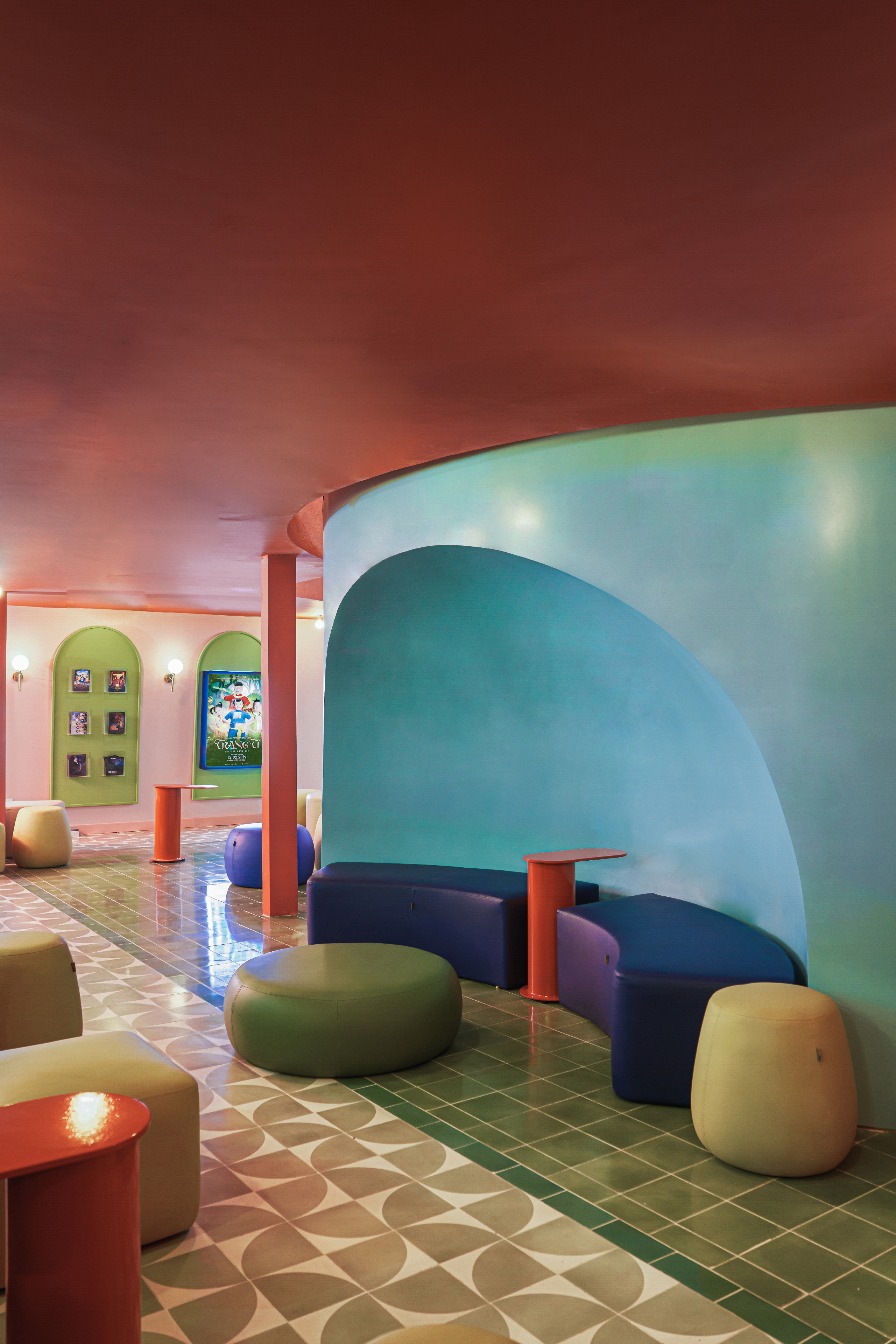
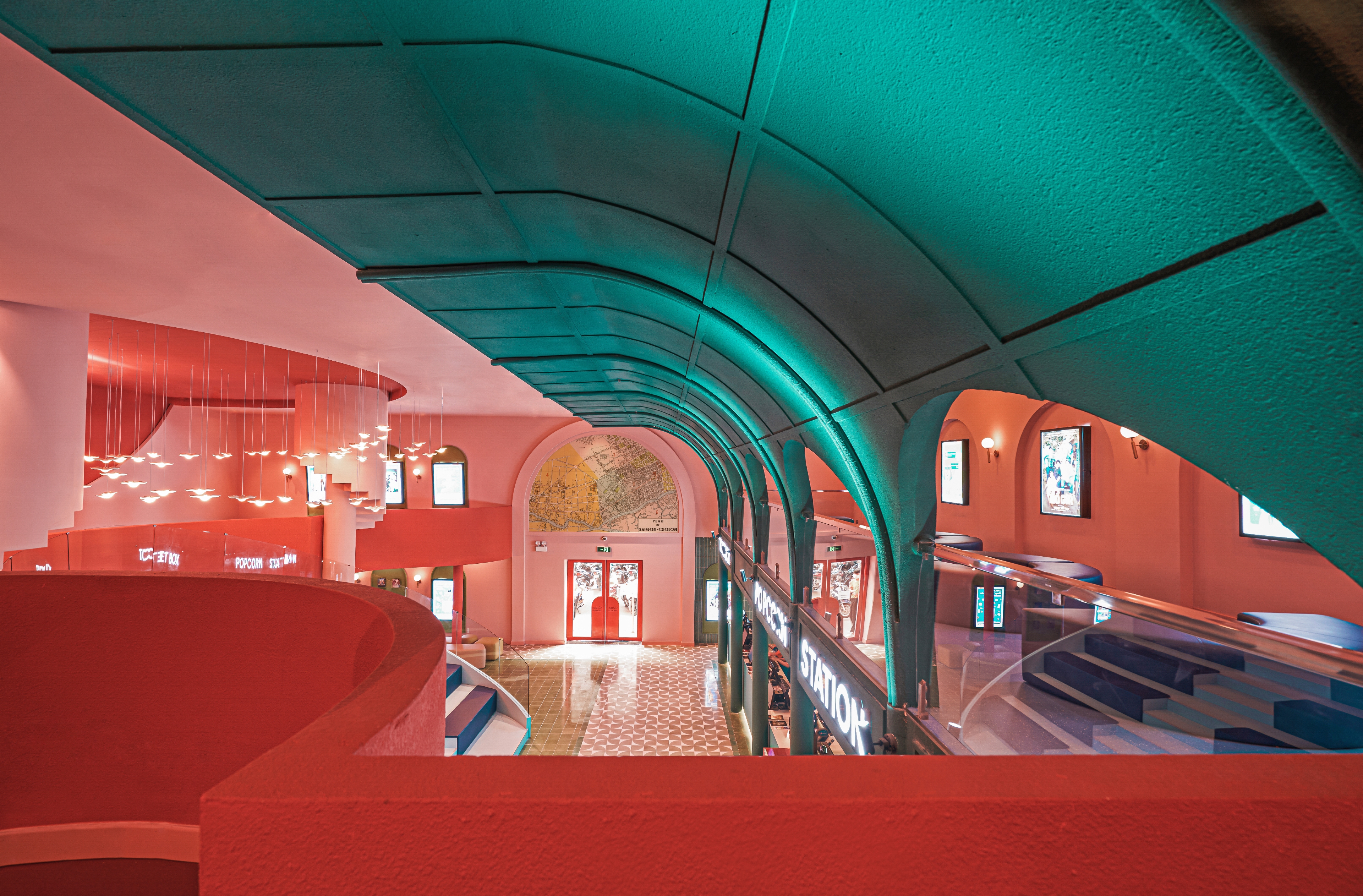
INFORMATION
Receive our daily digest of inspiration, escapism and design stories from around the world direct to your inbox.
Jonathan Bell has written for Wallpaper* magazine since 1999, covering everything from architecture and transport design to books, tech and graphic design. He is now the magazine’s Transport and Technology Editor. Jonathan has written and edited 15 books, including Concept Car Design, 21st Century House, and The New Modern House. He is also the host of Wallpaper’s first podcast.
-
 Inside Helmut Lang’s fashion archive in Vienna, which still defines how we dress today
Inside Helmut Lang’s fashion archive in Vienna, which still defines how we dress todayNew exhibition ‘Séance de Travail 1986-2005’ at MAK in Vienna puts Helmut Lang’s extraordinary fashion archive on view for the first time, capturing the Austrian designer-turned-artist’s enduring legacy
-
 Eclectic and colourful, Charlie Ferrer’s home reflects the interior designer’s personal and professional evolution
Eclectic and colourful, Charlie Ferrer’s home reflects the interior designer’s personal and professional evolutionThe New York interior designer invites us into his new Greenwich Village home: come on in
-
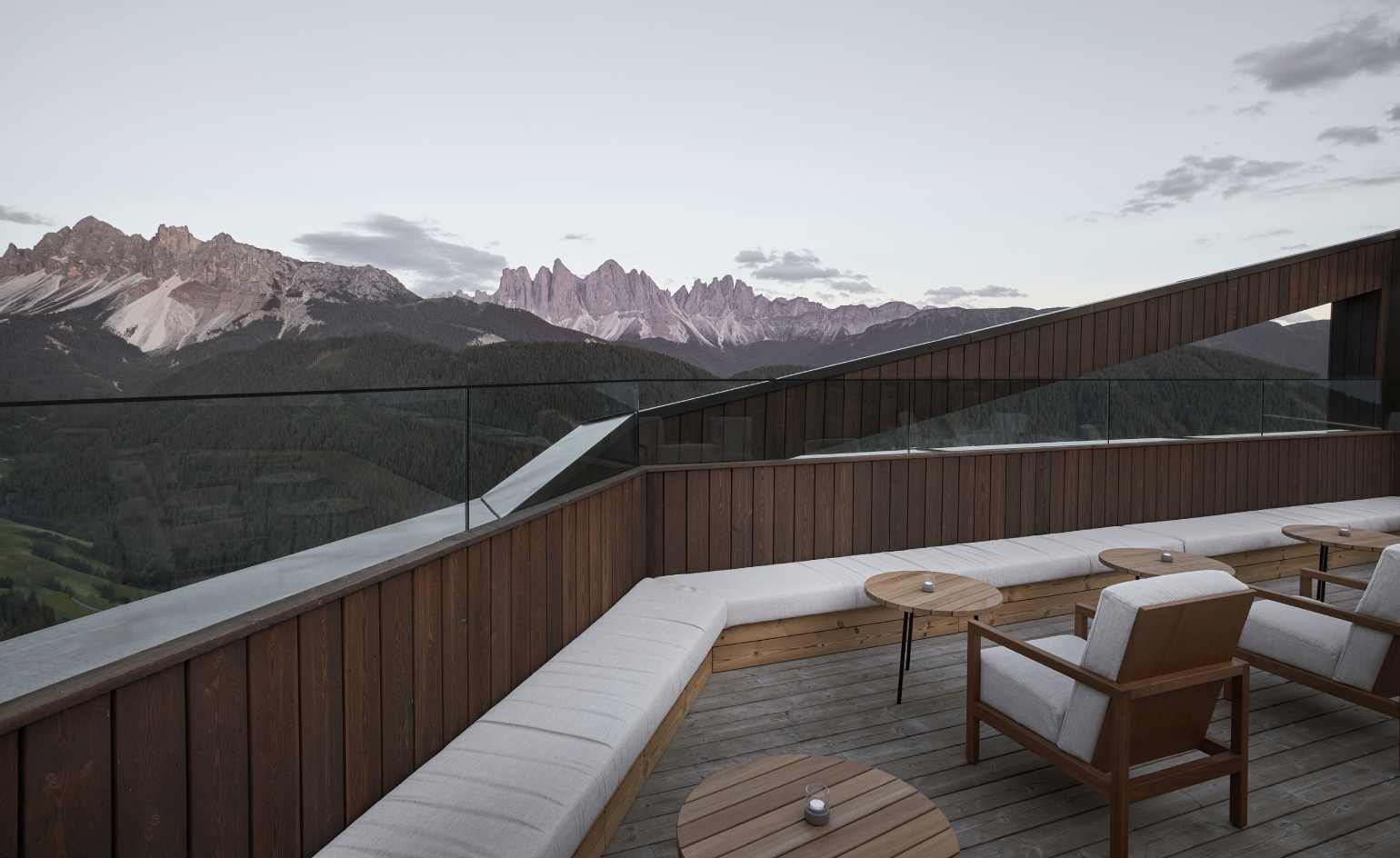 Heading to the 2026 Winter Olympic Games? Don’t miss these stops along the way
Heading to the 2026 Winter Olympic Games? Don’t miss these stops along the wayAs the anticipated winter games draw near, Wallpaper*’s Milan editor, Laura May Todd, shares where to stay, eat, drink and relax in the Dolomites